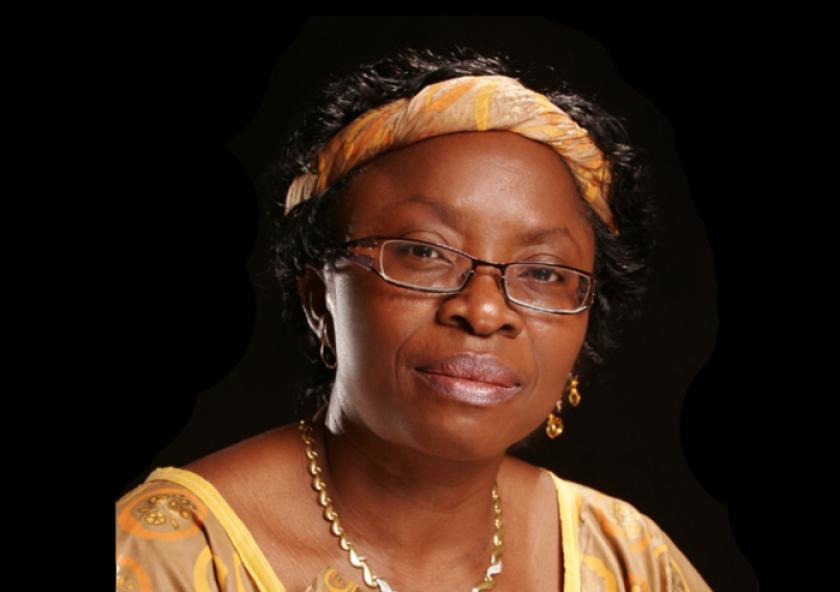
Advancing Sustainability in Higher Education Through the UN’s Sustainable Development Goals

This blog post was adapted from a talk at the World Symposium on Sustainability at Universities, held at MIT in September 2016.
When I cast my eyes to the future from the mind-boggling realities of today - disparities between nations; the world’s richest 20 percent consuming nearly 75 percent of the planet’s natural resources; the wealth of the world’s 225 richest individuals amounting to the annual income of the bottom 47 percent of the world’s population or 2.5 billion people - I feel the compelling notion that higher education must transform itself if it is to remain relevant.
I see these complex times as both challenging and exciting. They are exciting because we were built for times like this. This generation, our generation, must deliver the tools for resilience, innovation and adaptation to the next generation. Tomorrow’s campuses must not only be sustainable and cutting edge in design, but they must be able to produce tough graduates, ones who may be living in vulnerable societies, but who are equipped to ride the storm.
On 25 September 2015, the 194 countries of the United Nations adopted the 2030 Development Agenda titled “Transforming our world: the 2030 Agenda for Sustainable Development.” A major part of this Agenda was the 17 Sustainable Development Goals (SDGs) and their associated 169 targets. So what is the role of the SDGs in advancing this movement in higher education?
People, dignity, planetary health, partnerships, and justice are essential pillars needed to foster the resilience and reconstruction needed for tomorrow's campuses, all of which are supported by the SDGs. Goal 4 of the SDGs is specific to the advancement of quality education, with target 4.7 placing more emphasis on education for sustainable development. According to the UN, the SDGs seek to end poverty, protect the planet, foster peace, and ensure prosperity through renewed partnerships. That's enough reason for me to jump onboard!

